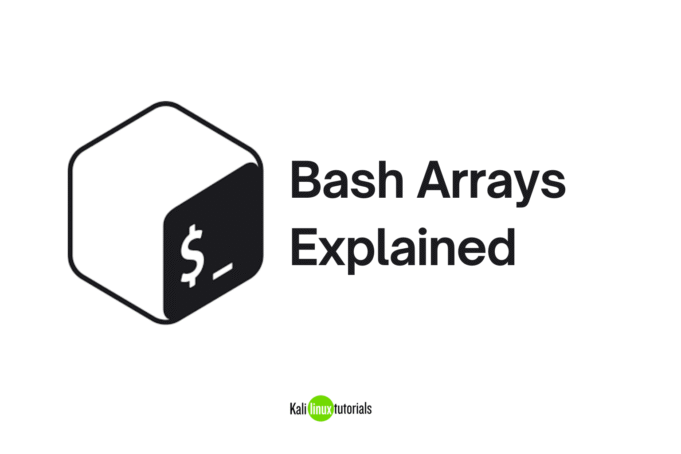If you’re learning Bash scripting, one of the most useful features you’ll come across is the array. Arrays make it easy to store and work with multiple values under one name instead of creating a separate variable for each.
This guide will explain arrays in simple terms with examples and outputs so even beginners can follow along.
What is an Array in Bash?
An array in Bash is a variable that can store multiple values together. These values can be strings, numbers, or even a mix of both. Bash doesn’t care about data type — it treats everything as text.
There are two main types of arrays in Bash:
- Indexed arrays – values are stored in numbered positions, starting from 0.
- Associative arrays – values are stored with named keys, which makes them easier to identify.
Creating Arrays
Indexed Arrays
You can create them one by one or all at once:
# One by one
fruits[0]="apple"
fruits[1]="banana"
fruits[2]="cherry"# All at once
numbers=(10 20 30 40)# Mixed values
mixed=("apple" 42 "hello.txt")Output:
echo ${fruits[@]} → apple banana cherry
echo ${numbers[@]} → 10 20 30 40
echo ${mixed[@]} → apple 42 hello.txt
Associative Arrays
These work with keys instead of numbers (requires Bash 4+):
declare -A colors
colors[red]="#FF0000"
colors[blue]="#0000FF"
colors[green]="#00FF00"declare -a makes a normal indexed array (numbered positions), while declare -A makes an associative array (named keys, works in Bash 4+). So, declare -A colors means: “create a variable called colors and treat it as an associative array.”
Output:
echo ${colors[red]} → #FF0000
echo ${!colors[@]} → red blue green
echo ${colors[@]} → #FF0000 #0000FF #00FF00 Accessing Array Values
Once values are stored, here’s how you use them:
# Get one item
echo ${fruits[1]} # banana
echo ${numbers[2]} # 30
echo ${mixed[0]} # apple # Get all items
echo ${fruits[@]} # apple banana cherry# Get keys in associative arrays
echo ${!colors[@]} # red blue green # Get values in associative arrays
echo ${colors[@]} # #FF0000 #0000FF #00FF00 Finding Array Length
echo ${#fruits[@]} # number of items → 3
echo ${#fruits[0]} # length of first word → 5 (apple) Looping Through Arrays
Loop through all values:
for item in "${fruits[@]}"; do
echo $item
doneOutput:
apple
banana
cherry Loop with index numbers:
for i in "${!fruits[@]}"; do
echo "Index $i = ${fruits[$i]}"
doneOutput:
Index 0 = apple
Index 1 = banana
Index 2 = cherry Loop through associative arrays:
for key in "${!colors[@]}"; do
echo "$key = ${colors[$key]}"
doneOutput:
red = #FF0000
blue = #0000FF
green = #00FF00 Adding and Removing Items
Add new items
fruits+=("dragonfruit")
echo ${fruits[@]}Output:
apple banana cherry dragonfruit Remove a single item
unset fruits[1]
echo ${fruits[@]}Output:
apple cherry dragonfruit Remove the entire array
unset fruits
echo ${fruits[@]}Output:
(nothing — the array is empty) Conclusion
Arrays in Bash are a simple but powerful way to organize data. You can store words, numbers, or filenames all in one place, and manage them easily using loops, keys, and commands.
- Use indexed arrays when order matters.
- Use associative arrays when names or labels make things easier.
- You can mix different types of values, add new ones, or remove them whenever needed.
Bash Arrays FAQs
An array in Bash is a single variable that can hold many values at once, like a list.
Yes, Bash arrays can hold text, numbers, and even a mix of both.
Indexed arrays use numbers as positions (0, 1, 2…), while associative arrays use names or keys (like “red” or “blue”).
declare -a and declare -A mean? declare -a creates a normal indexed array, and declare -A creates an associative array (which works only in Bash version 4 or newer).
Run this command:bash --version
Associative arrays require Bash 4 or newer.

















